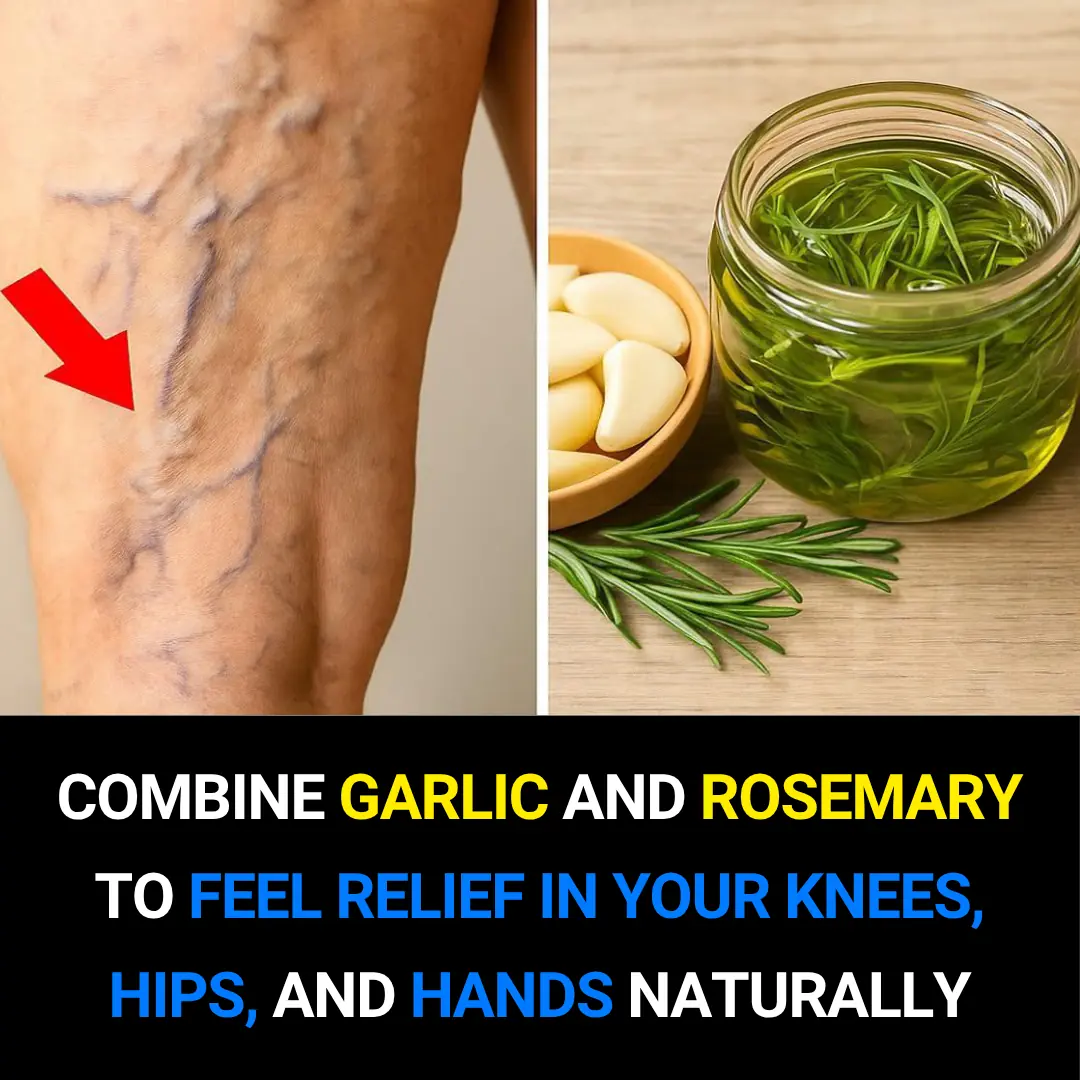
🦵 If You Suffer from Poor Circulation and Your Legs Feel Heavy, Swollen, or Cold — Here’s What Can Help

Do your legs ever feel…
-
Heavy after standing too long?
-
Swollen by the end of the day?
-
Cold to the touch — even when the room is warm?
-
Tingly or numb when you're trying to fall asleep?
You're not imagining things — and you're definitely not alone.
Millions of people experience these symptoms, especially as they age or lead more sedentary lifestyles. While they’re often dismissed as “normal tiredness,” these signs are usually linked to reduced blood flow, also known as poor circulation.
But here’s the truth:
👉 It’s not just a comfort issue — it can be a red flag for your overall health.
Let’s explore the real causes of poor circulation, what signs you shouldn’t ignore, and how to naturally support your vascular health — no gimmicks, just facts and practical steps.
🔍 What Is Poor Circulation?
“Poor circulation” isn’t a disease in itself — it’s a symptom that signals something isn’t working quite right in your circulatory system.
Your circulatory system’s job is to deliver oxygen- and nutrient-rich blood to your muscles and organs and return deoxygenated blood back to the heart and lungs.
When that flow is disrupted — especially to the lower limbs — you may experience:
-
Leg heaviness or fatigue
-
Swelling (also called edema)
-
Cramping or aching
-
Cold feet or toes
-
Tingling, burning, or numbness
-
Discoloration or visible veins
These symptoms are more than annoying. Over time, poor circulation can lead to serious complications, including skin breakdown, ulcers, and increased risk of infection.
✅ Common Causes of Poor Circulation
Poor blood flow can result from several everyday lifestyle factors, such as:
-
🪑 Prolonged sitting or standing (e.g., office work or travel)
-
⚖️ Excess weight or obesity
-
🛋️ Physical inactivity
-
👵 Aging and hormonal changes
-
🤰 Pregnancy (due to increased pressure in leg veins)
These causes are often manageable with healthy lifestyle habits — but in some cases, leg symptoms are signs of deeper, more serious health problems.
⚠️ When It’s More Than Just Tired Legs: Conditions to Watch For
Sometimes, circulation problems stem from medical conditions that require prompt treatment:
1. Chronic Venous Insufficiency (CVI)
-
Symptoms: Swelling, varicose veins, skin darkening around the ankles, leg ulcers
-
Cause: Weakened vein valves lead to blood pooling in the legs
2. Peripheral Artery Disease (PAD)
-
Symptoms: Pain when walking (claudication), weak leg pulse, shiny or hairless legs, cold feet
-
Cause: Narrowed arteries from plaque buildup restrict blood flow
3. Diabetes & Peripheral Neuropathy
-
Symptoms: Numbness, burning, or “pins and needles,” especially at night
-
Concern: Loss of sensation increases risk of unnoticed injuries or infections
4. Deep Vein Thrombosis (DVT)
-
Symptoms: One leg becomes suddenly swollen, warm, red, or painful
-
Emergency: DVT can lead to a life-threatening pulmonary embolism if not treated
5. Heart or Kidney Conditions
-
Symptoms: Swelling in both legs, shortness of breath, fatigue
-
These may indicate fluid retention due to organ dysfunction
🩺 See a doctor if symptoms appear suddenly, worsen over time, or occur in just one leg.
✅ 7 Proven Ways to Boost Circulation Naturally
The good news? You don’t need extreme treatments to support healthy blood flow. Small, consistent actions can make a big difference over time.
1. Move Your Body Regularly
-
Walking activates calf muscles that pump blood back to the heart
-
Try 10-minute walks every 2–3 hours if you sit for long periods
-
Avoid crossing your legs for long stretches
2. Elevate Your Legs
-
Prop up your legs above heart level for 15–20 minutes, 2–3 times per day
-
Helps reduce fluid buildup and swelling
-
Great after flights, desk work, or standing jobs
3. Stay Well Hydrated
-
Dehydrated blood becomes thicker and flows less efficiently
-
Aim for water intake that keeps your urine pale yellow
-
Limit excess caffeine or alcohol, which can dehydrate you
4. Wear Compression Socks (If Recommended)
-
Compression improves venous return and reduces swelling
-
Choose graduated compression (15–20 mmHg or as prescribed)
-
Helpful during travel, pregnancy, or long work shifts
5. Avoid Tight Clothing
-
Tight bands around the waist, thighs, or calves can restrict circulation
-
Choose flexible, breathable, and non-constricting garments
6. Stretch & Flex Often — Even While Seated
Simple exercises help pump blood when you can’t stand up:
-
Ankle rolls – 10 circles each direction
-
Heel and toe lifts – Flex and point your feet
-
Calf pumps – Press heels into the ground and release
💡 Set a reminder every hour to stretch if you sit a lot.
7. Eat Foods That Support Vascular Health
Add circulation-friendly foods to your meals:
-
🥬 Leafy greens – High in vitamin K, which supports blood vessel health
-
🫐 Berries – Rich in antioxidants that reduce inflammation
-
🐟 Fatty fish – Omega-3s improve vessel flexibility
-
🥜 Nuts & seeds – Provide healthy fats and vitamin E
-
🍫 Dark chocolate – Flavonoids promote better blood flow
🚫 Limit processed salt — excess sodium worsens swelling.
❌ Common Myths About Circulation — Debunked
Don’t fall for these popular misconceptions:
-
“Detox teas flush out your blood.”
👉 False. Your liver and kidneys detox naturally — no tea needed. -
“Only older people have circulation problems.”
👉 False. Sedentary lifestyles and desk jobs affect young adults too. -
“Crossing your legs causes varicose veins.”
👉 Not proven. Genetics and overall activity levels play a bigger role. -
“Apple cider vinegar cures varicose veins.”
👉 No scientific evidence supports this claim.
❤️ When to Seek Medical Advice
Call your doctor or visit a specialist if you notice:
-
One leg is suddenly swollen or discolored
-
Skin turns reddish, purplish, or leathery
-
Open sores or ulcers that don’t heal
-
Pain while walking short distances
-
Sudden coldness, numbness, or weakness in the legs
A vascular specialist may recommend a duplex ultrasound or ankle-brachial index (ABI) test to measure blood flow.
✅ Final Thoughts: Real Relief Starts With Small Steps
You don’t need miracle fixes or detox fads to improve how your legs feel.
What you do need is daily movement, better hydration, mindful posture, and attention to your body’s signals.
So the next time your legs feel heavy, swollen, or cold…
-
🏃 Take a short walk
-
🛌 Prop up your legs for 20 minutes
-
💧 Drink a glass of water
-
🧦 Swap your socks for breathable or compression ones
These aren’t just comfort tricks — they’re long-term investments in your circulation, your health, and your energy.
Because true wellness isn’t found in extremes.
It’s built from consistent, caring habits — one step at a time.
News in the same category

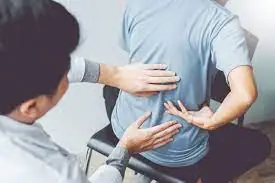
1 Powerful Mineral to Stop Sciatica & Relieve Nerve Pain

Top 10 Foods to Improve Circulation in Legs and Feet
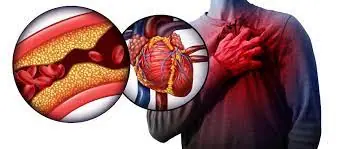
6 Warning Signs of a Clogged Artery Most People Ignore (Cardiologist Alert)
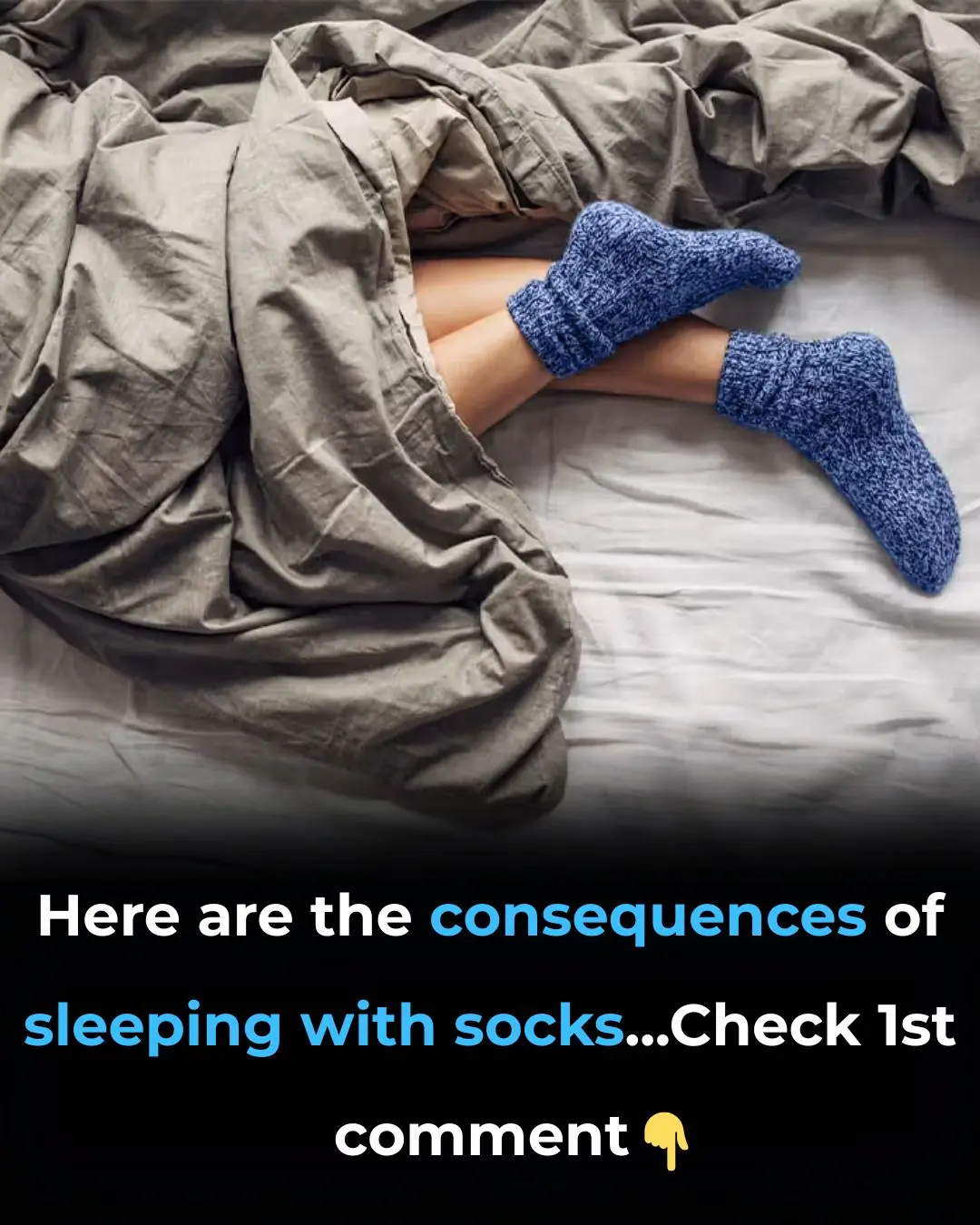
Should You Sleep With Socks On

Discover The Power of This Miracle Fruit
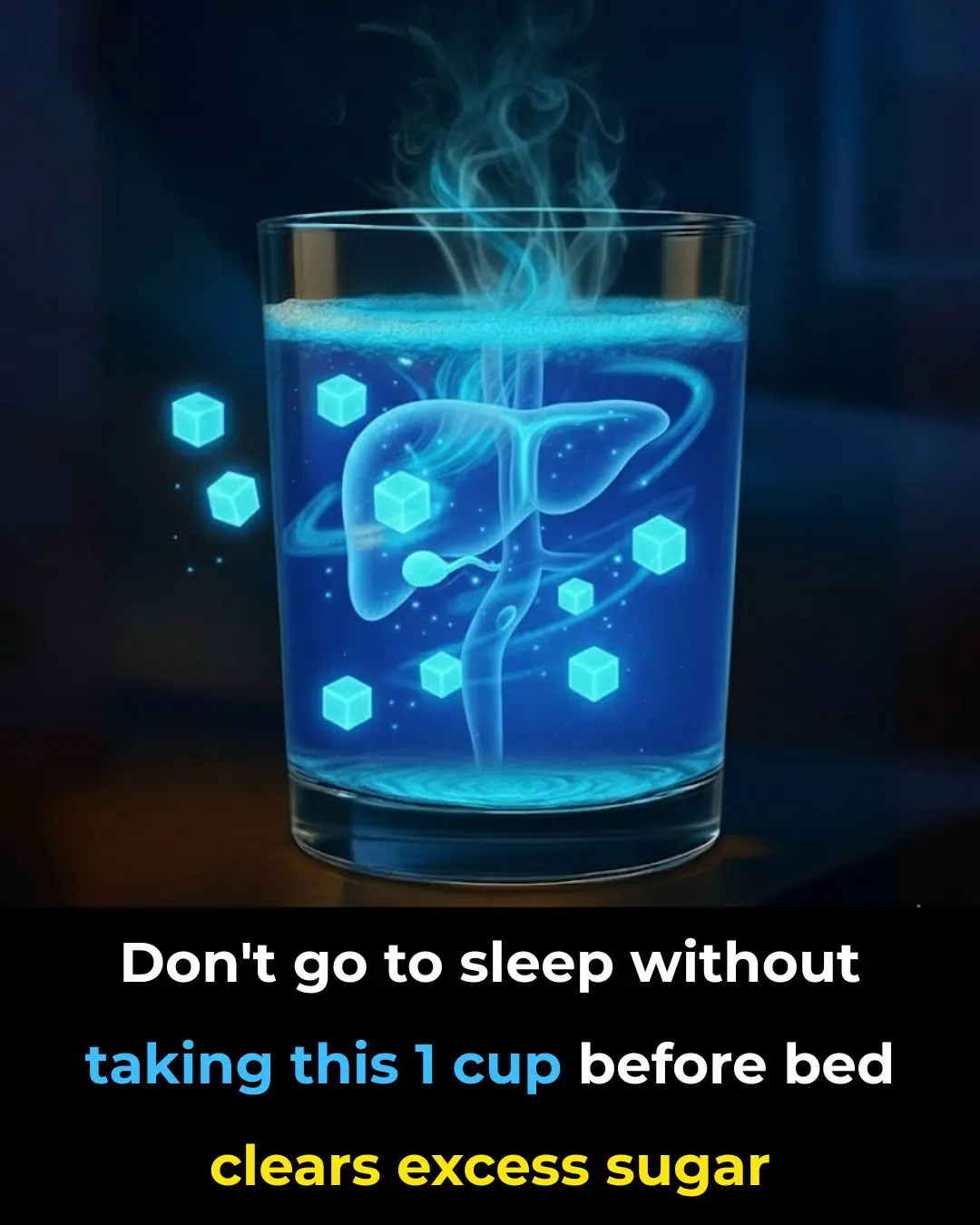
Don’t go to sleep without taking this — 1 cup before bed clears excess sugar

The Real Reason To Drink Lemon Water Revealed
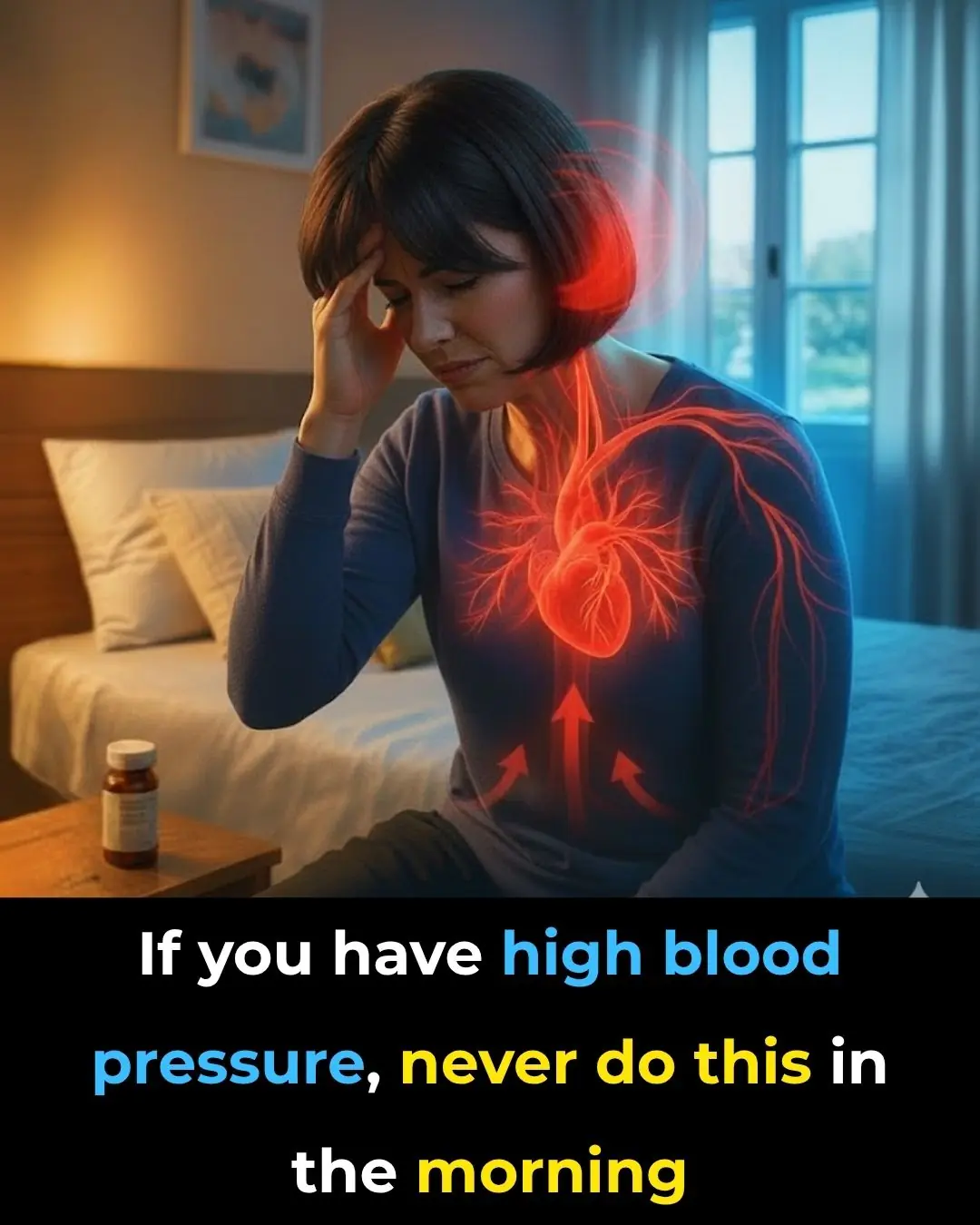
If you have high blood pressure, NEVER do this in the morning
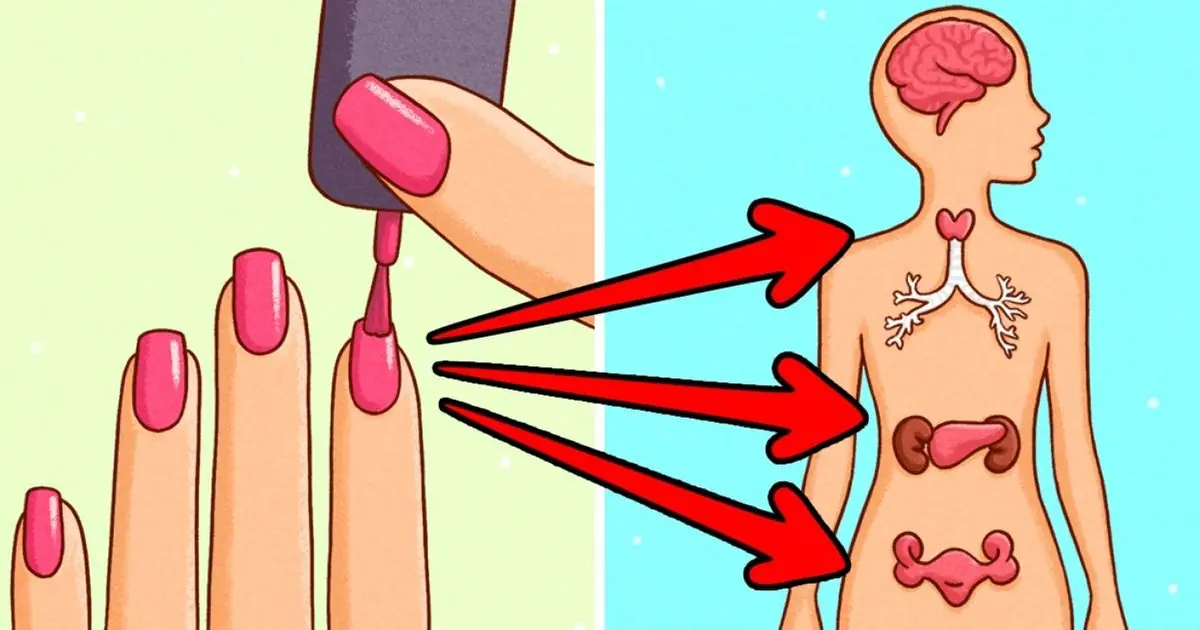
This Is What Happens to Your Body 10 Hours After Putting on Nail Polish
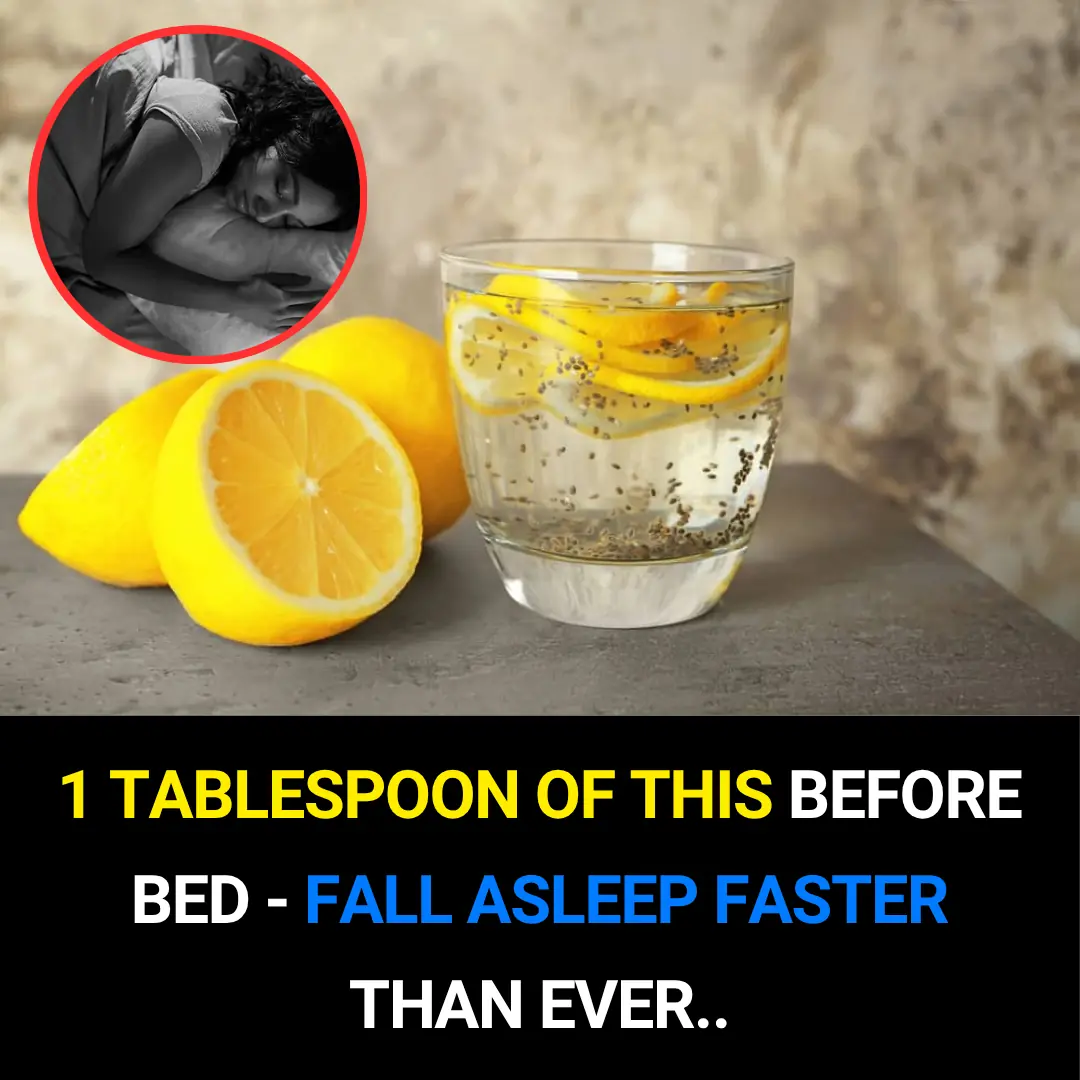
1 Tablespoon of This Before Bed—Fall Asleep Faster Than Ever!
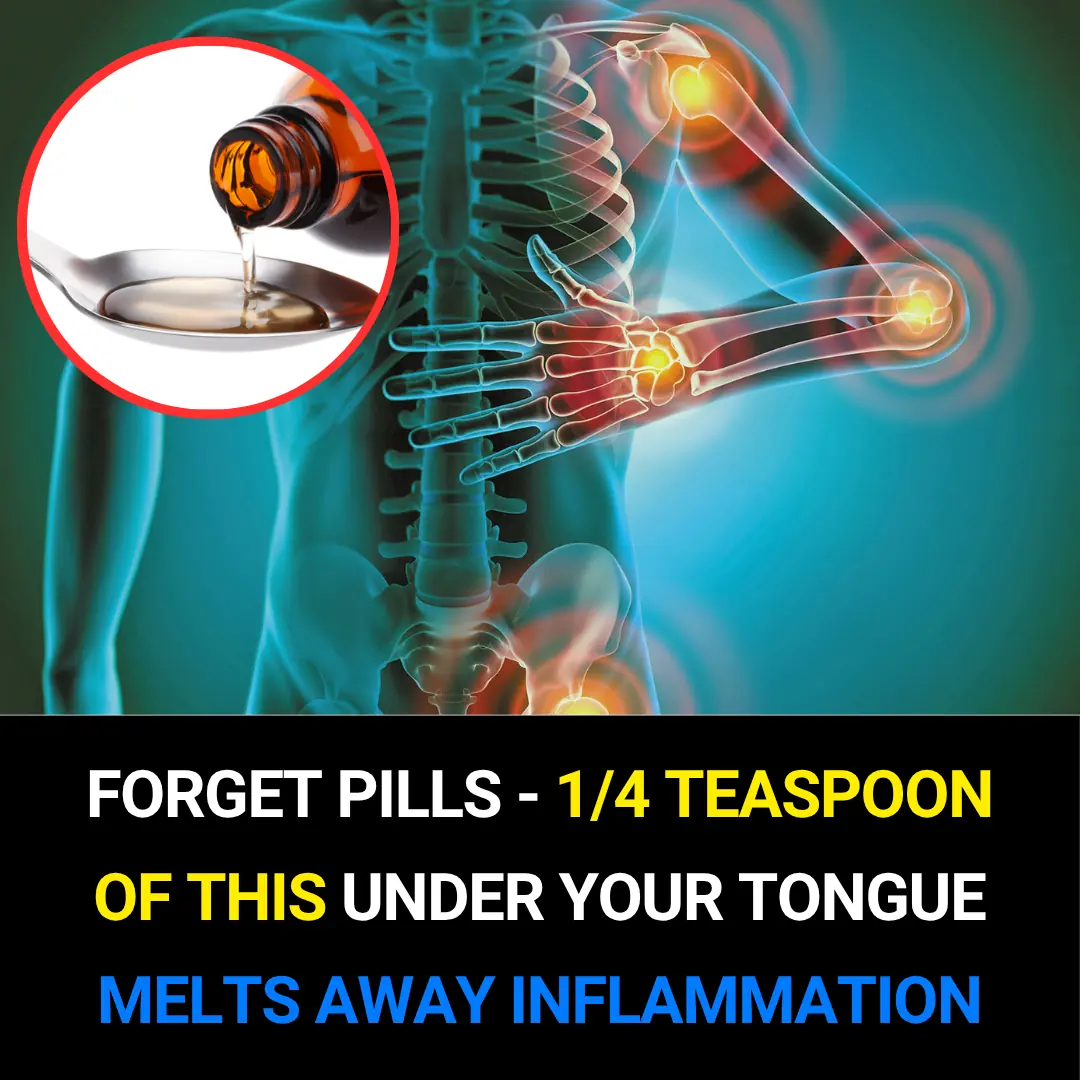
Forget Pills! Just 1/4 Tsp of This Under Your Tongue Melts Away Inflammation

Top 8 Kinds of Fish You Should Never Eat

7 "cheap" fruits that are extremely good for people with fatty liver that everyone should know
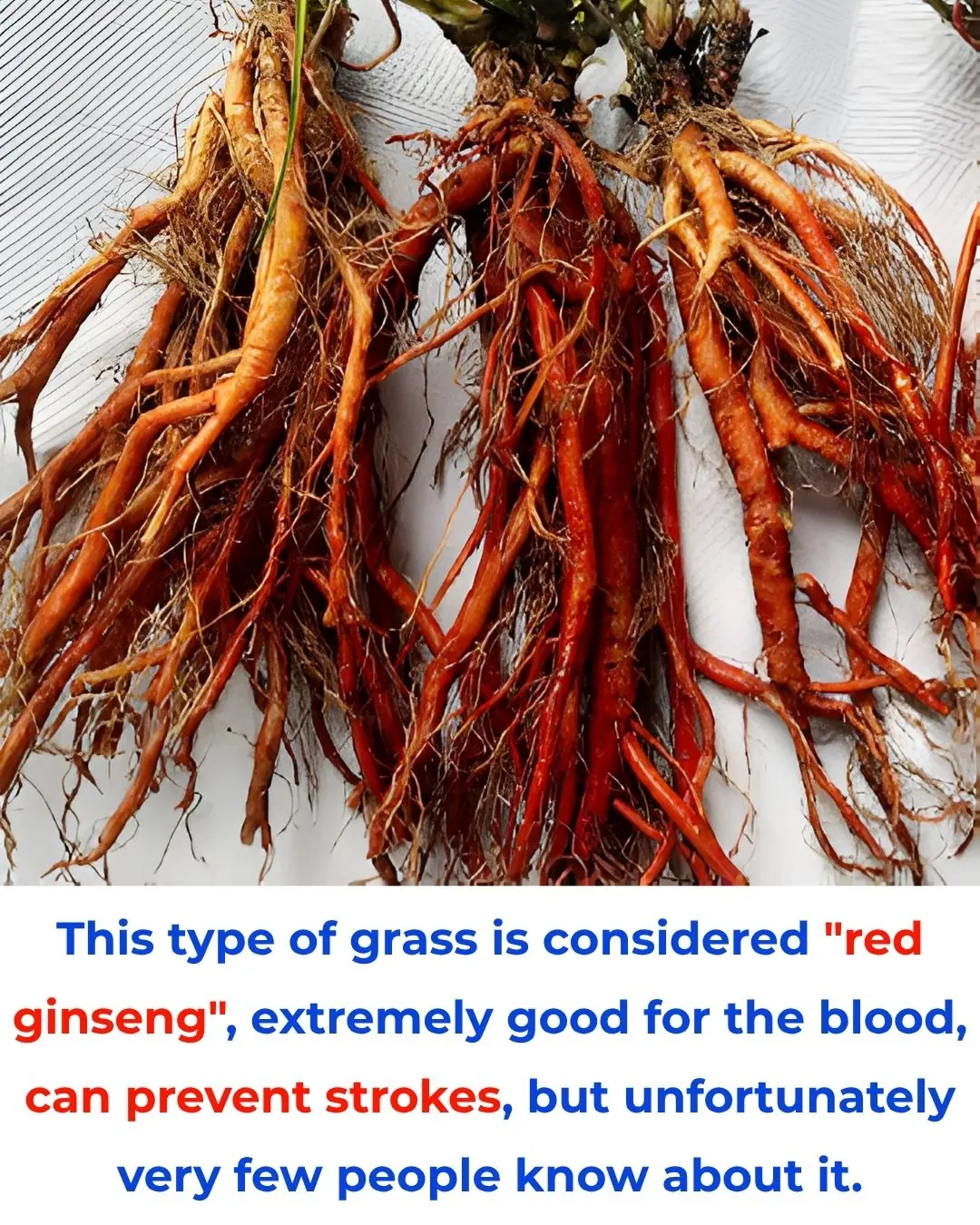
This type of grass is considered "red ginseng", extremely good for the blood, can prevent strokes, but unfortunately very few people know about it

Scientists shocked: this secret spice fights cancer and repairs your body!
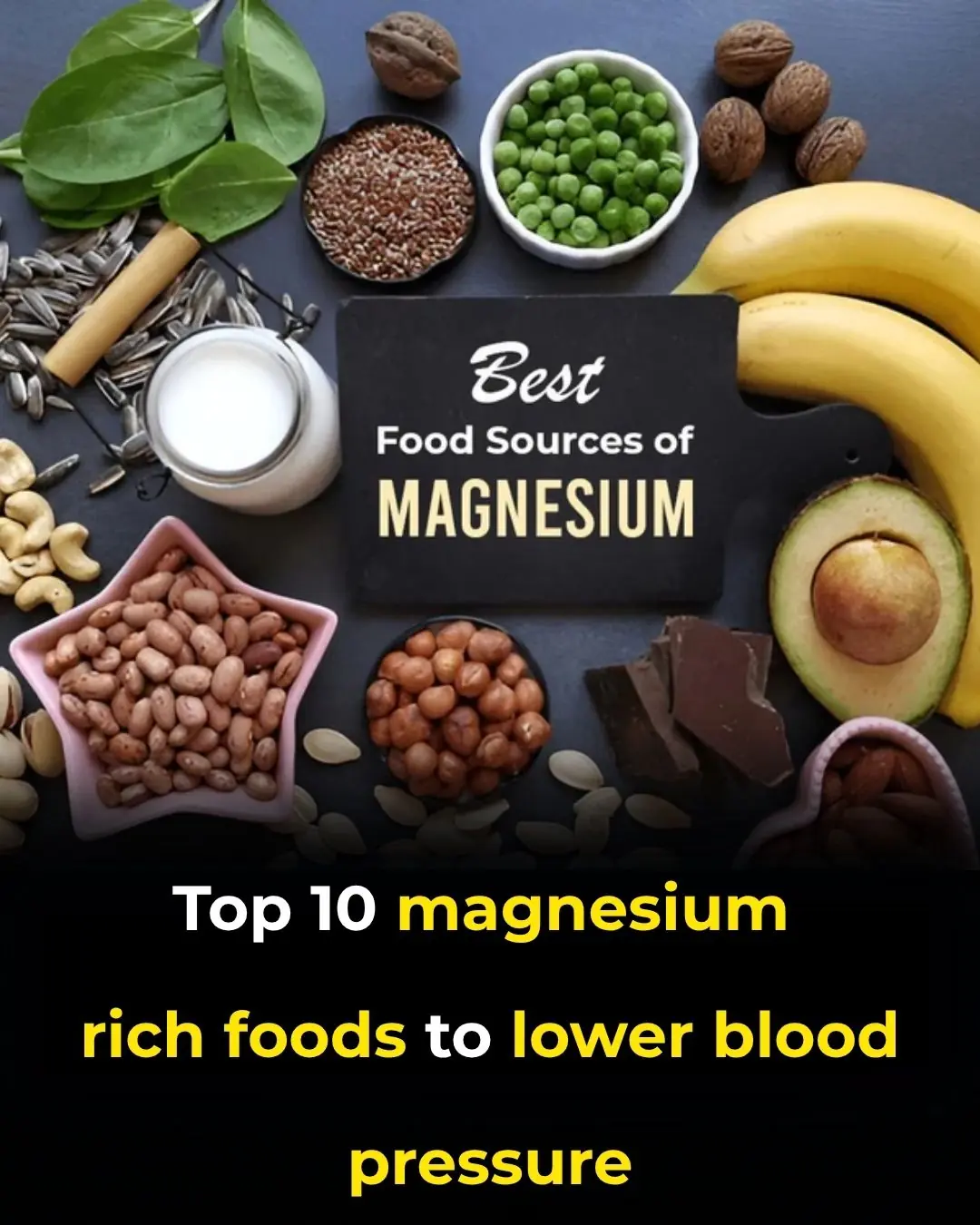
Top 10 Magnesium Rich Foods To Lower Blood Pressure
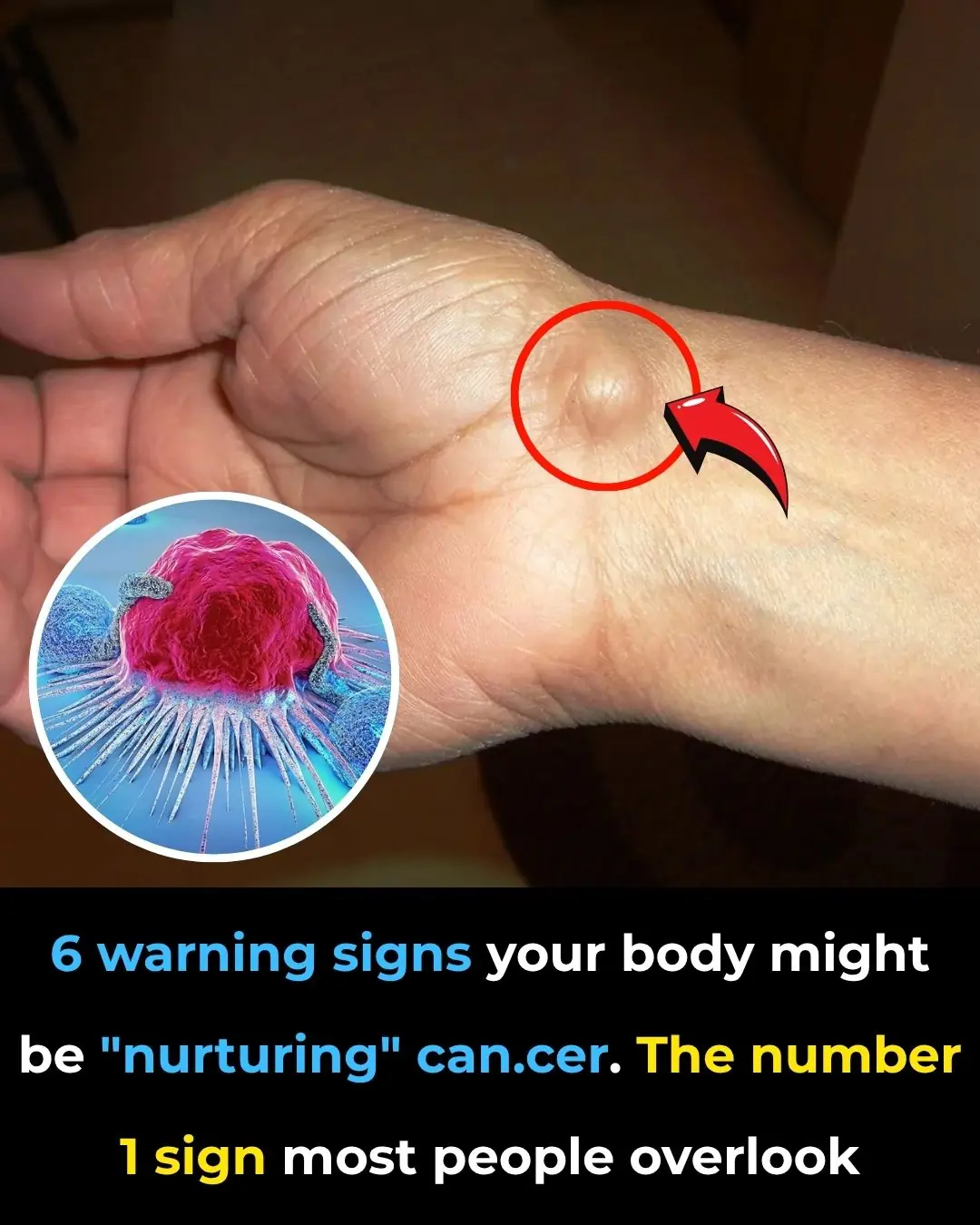
6 Warning Signs Your Body May Be “Nurturing” Can-cer
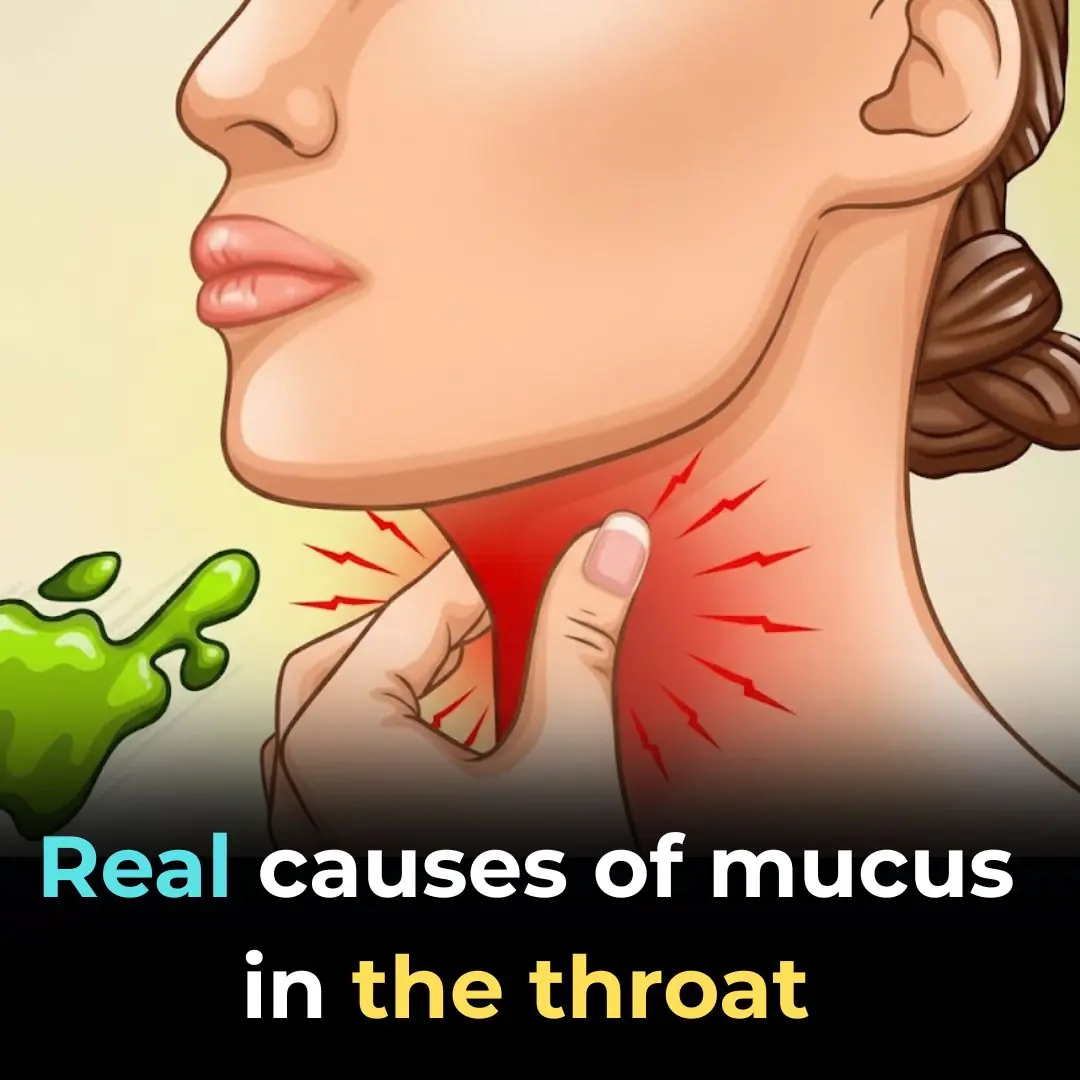
🤢 The Real Causes of Constant Phlegm & Mucus in Throat — And How to Find Relief
News Post
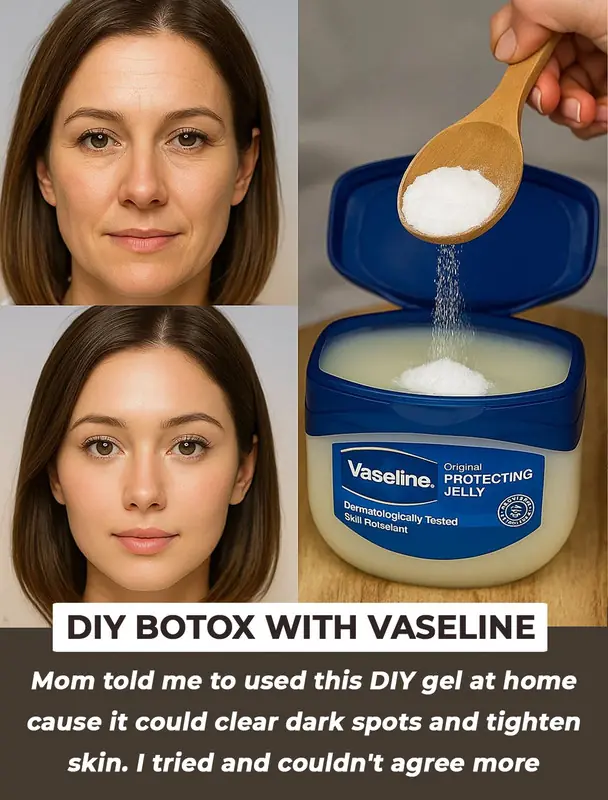
DIY Anti-Aging Treatment with Vaseline: The Ultimate Guide for a Youthful, Radiant Complexion

The Woman Who Wouldn’t Let Go: Nicole Graham’s Unbreakable Bond with Her Horse

Born Ready to Shine: The Miracle Journey of Little Lilia

Monkey Instantly Recognizes the Man Who Saved Her—Even Years After Their Last Goodbye.

When an Elephant Trusted a Man: The Quiet Power of Connection.

A Wedding of Love and Courage.
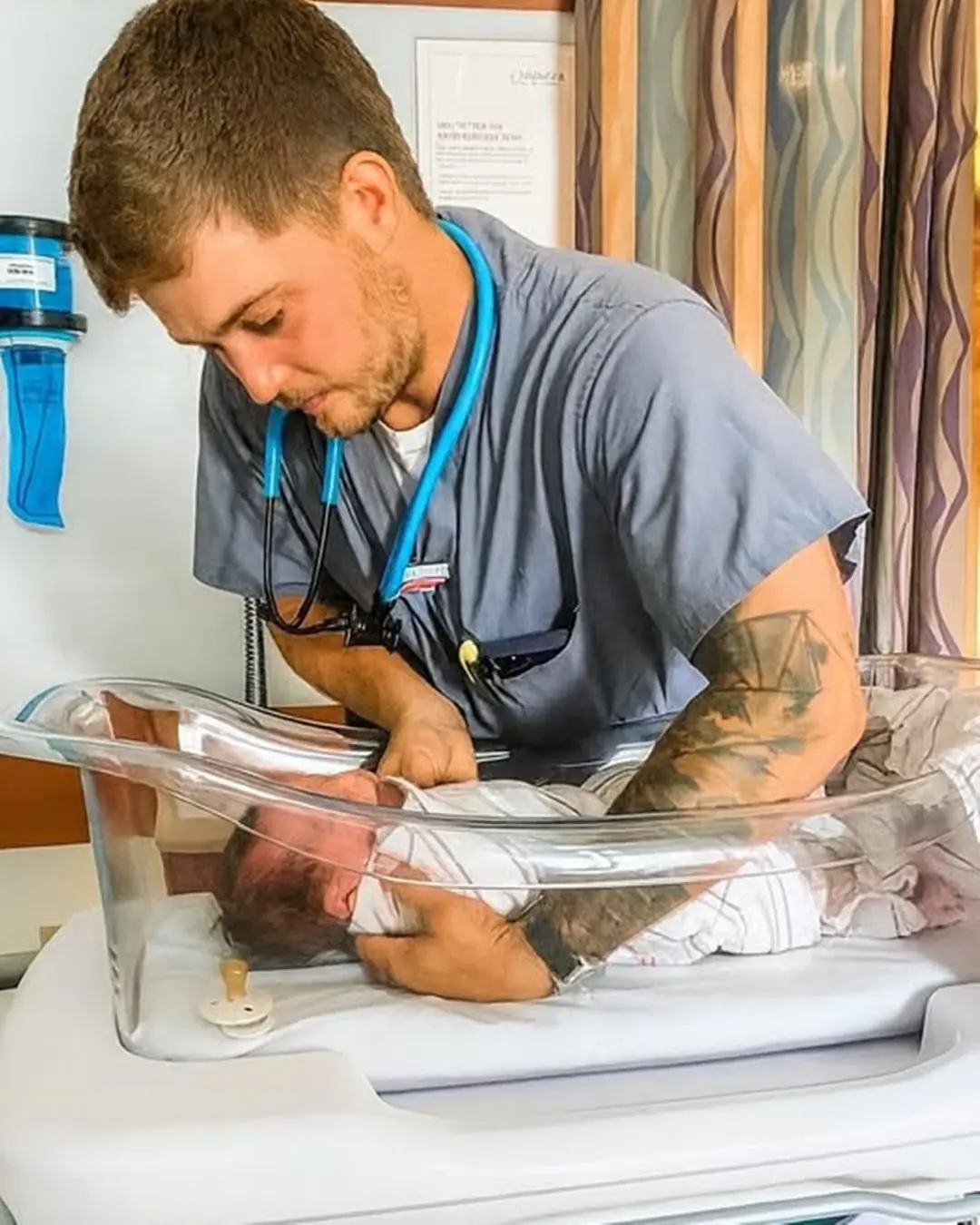
Strength, Tattoos, and Tears of Joy.
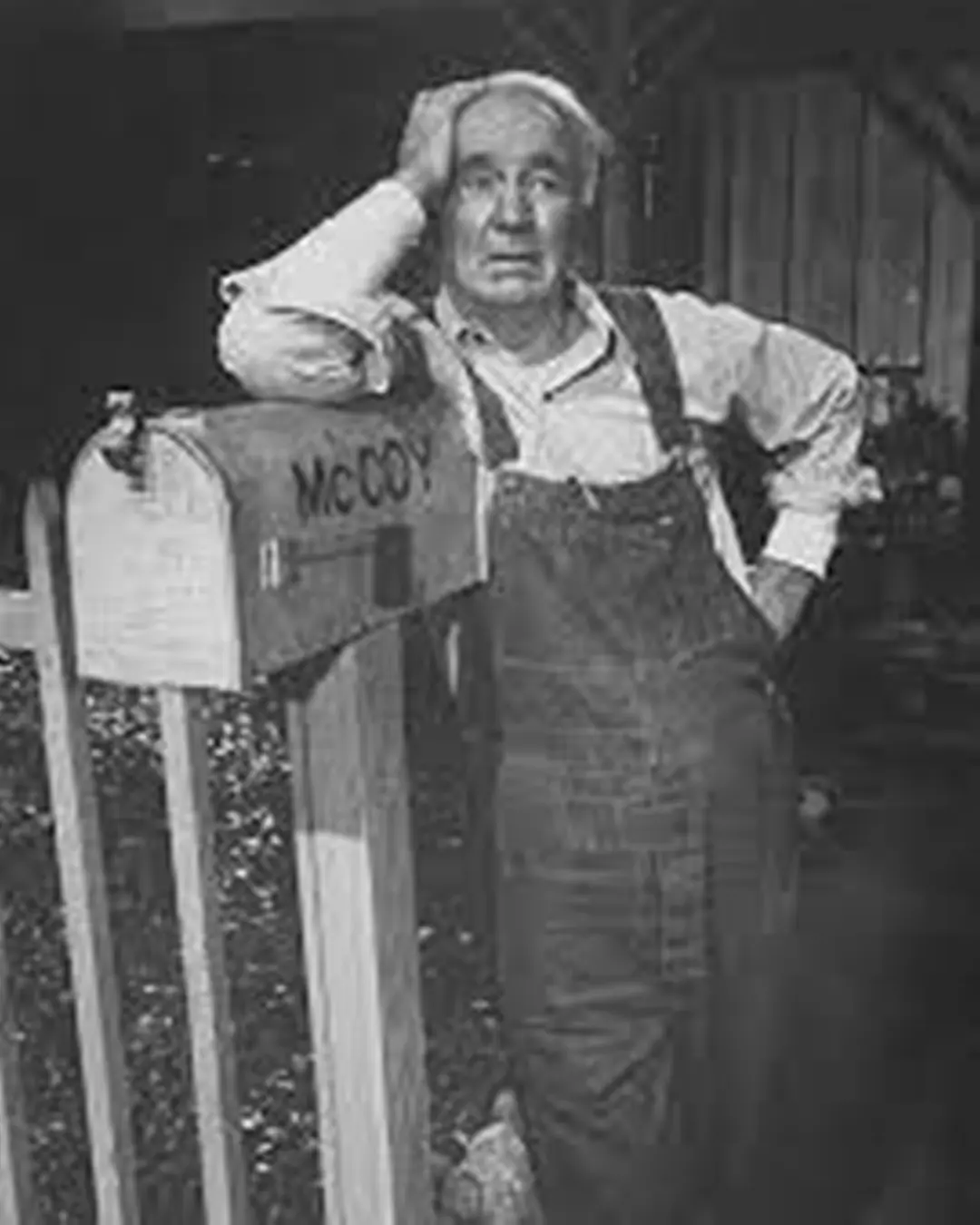
The Real McCoys: A Sitcom That Brought Heart to American Homes.

The Last Parade: Tikiri’s Story.

The Man Who Saved the Drowning Bear.

Spots of Joy: The Horse, the Pony, and the Dog Who Became Family.

The $5 Dream: How a Thrift Store Goose Became a Symbol of the American Dream.

Garlic and Rosemary: A Natural Remedy for Joint Pain in Knees, Hips, and Hands

1 Powerful Mineral to Stop Sciatica & Relieve Nerve Pain

70-Pound Female Bear Rescued After Spending 12 Days with Her Head Trapped in a Jar.

The Last Push: A Leatherback’s Fight for Life.

Top 10 Foods to Improve Circulation in Legs and Feet

Students Raise $20,000 to Buy Beloved School Custodian His Dream Car — A Jeep Wrangler.

Man Gets a Face Full of Octopus — and a Lifetime Ban
